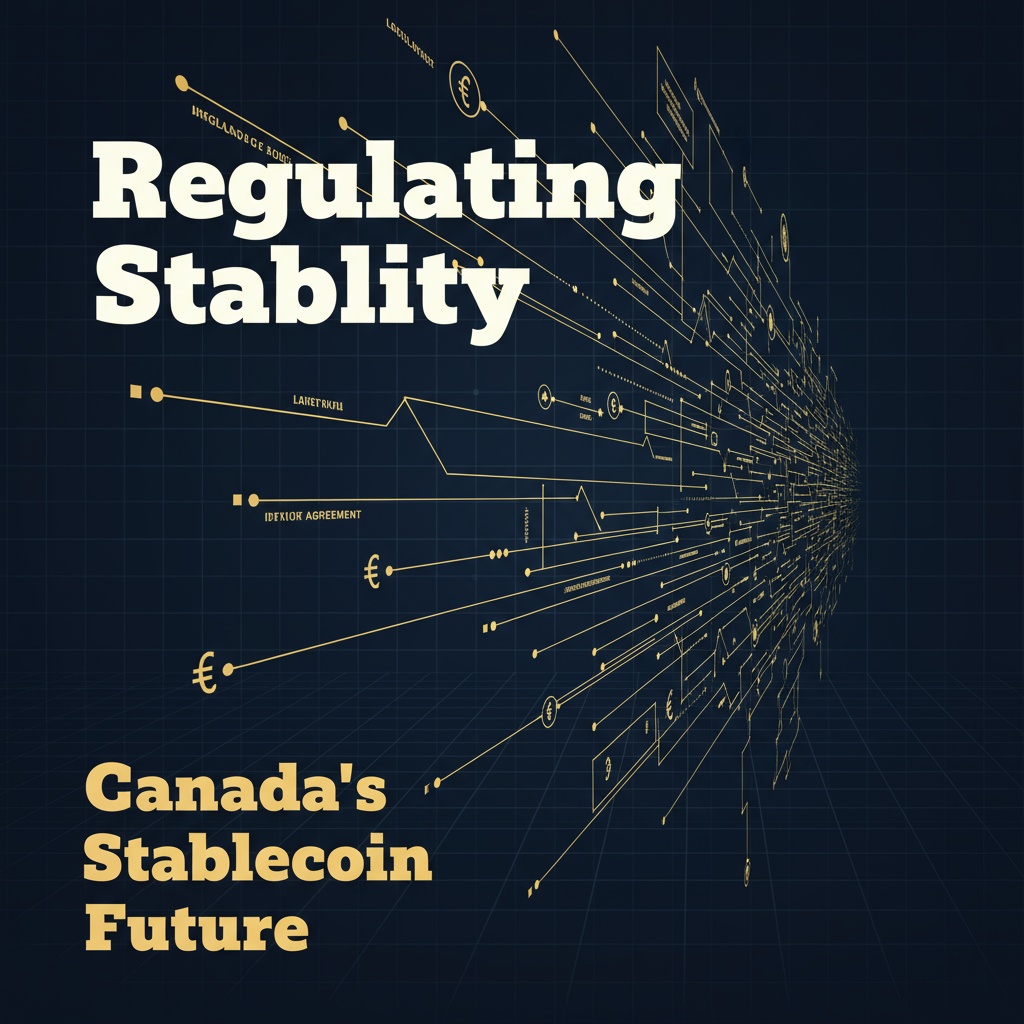The Canadian federal government is reportedly preparing to introduce new regulatory measures for stablecoins, potentially unveiling the framework as part of the upcoming federal budget scheduled for November 4. This move marks Canada’s effort to align with international standards following the recent legislative advancements in the United States, notably the passage of the GENIUS Act.
According to sources familiar with the matter, officials have engaged in ongoing consultations with regulators and industry representatives over the past several weeks. The anticipated announcement is expected during Finance Minister François-Philippe Champagne’s budget presentation, signaling a significant step toward establishing a clearer legal structure for stablecoins in Canada.
Currently, Canada does not have a comprehensive regulatory framework specifically addressing stablecoins. Although some regulatory bodies have indicated that certain digital tokens might fall under existing securities or derivatives laws, clear and dedicated legislation has yet to be formalized. This regulatory ambiguity has contributed to a relatively modest domestic market for Canadian-dollar-pegged stablecoins.
One notable example in Canada is QCAD, a fiat-backed stablecoin issued by Stablecorp, a Toronto-based company, with reserves backed 1:1 by the Canadian dollar. However, US dollar–pegged stablecoins, such as Circle’s USDC, remain widely accessible in Canada, particularly since Tether discontinued support for its USDT stablecoin in the country earlier this year.
Modernizing Canada’s Payment Landscape
The Bank of Canada has publicly urged the federal government to clarify stablecoin regulations to modernize the nation’s payment infrastructure and remain competitive globally. Without regulatory clarity, the risk of Canada lagging behind other countries in adopting stablecoin technology remains a concern.
Ron Morrow, who leads payments, supervision, and oversight at the Bank of Canada, emphasized the importance of balanced regulation: “Governments are moving to regulate stablecoins and other cryptocurrencies so consumers can reap their benefits and be protected from credit and liquidity risks.”
Following U.S. Regulatory Trends
Canada’s regulatory initiative follows the United States’ swift progress on stablecoin oversight. Since the enactment of the GENIUS Act in June, the U.S. has established a framework governing the issuance of fully collateralized, dollar-backed stablecoins. The legislation includes anti–money laundering provisions and mandates regular audits to enhance transparency and security.
The GENIUS Act will come into effect in January 2027, and its enactment has spurred increased interest among companies seeking to enter the expanding stablecoin market. Currently, the total valuation of U.S. dollar-pegged stablecoins has surpassed $300 billion globally, highlighting the fast-growing demand for regulated digital assets.
As countries like Canada move towards implementing stablecoin regulations, the evolving landscape suggests a broader international effort to integrate digital currencies within established financial systems, ensuring consumer protection while fostering innovation.



